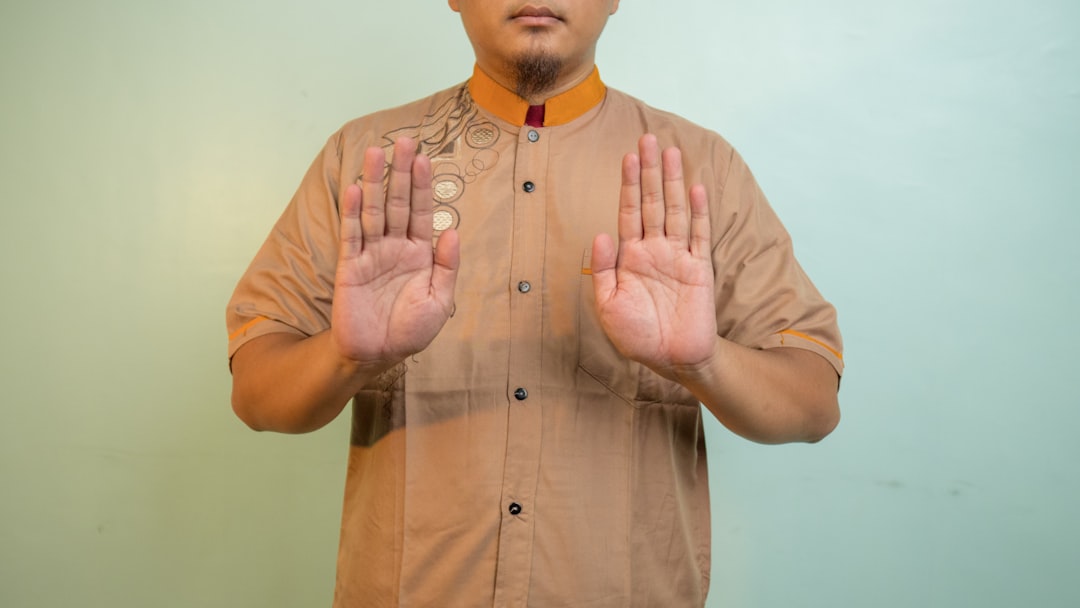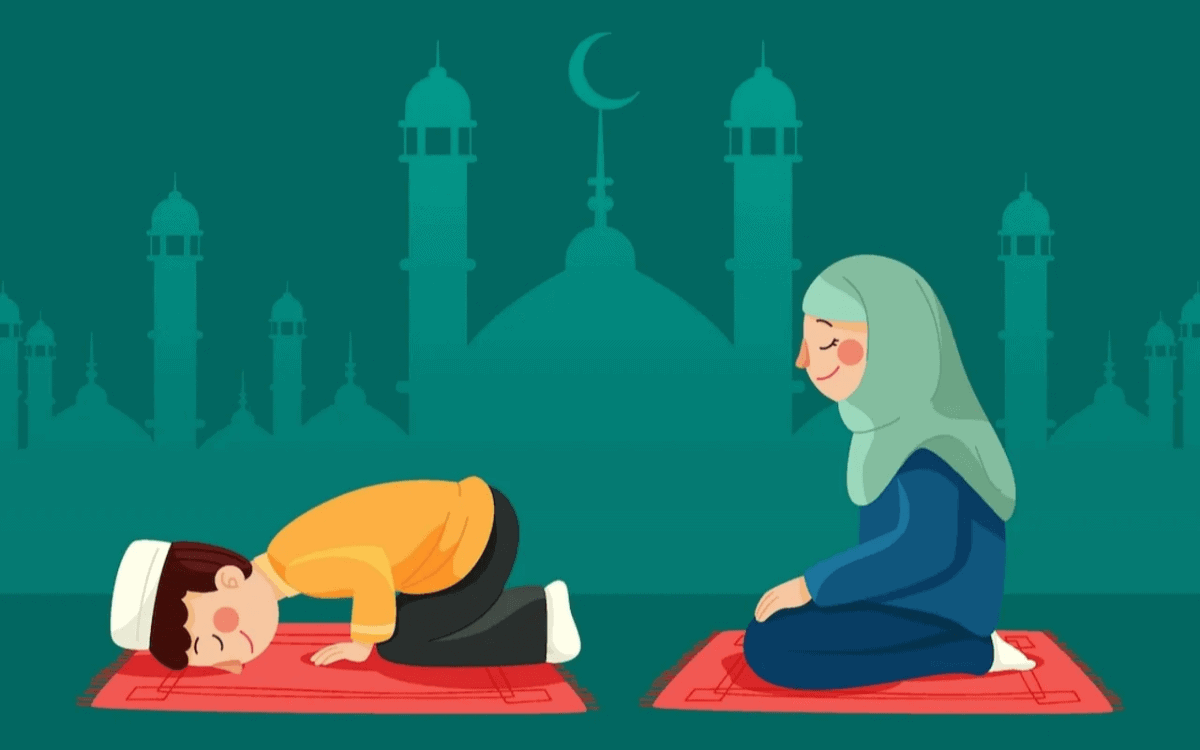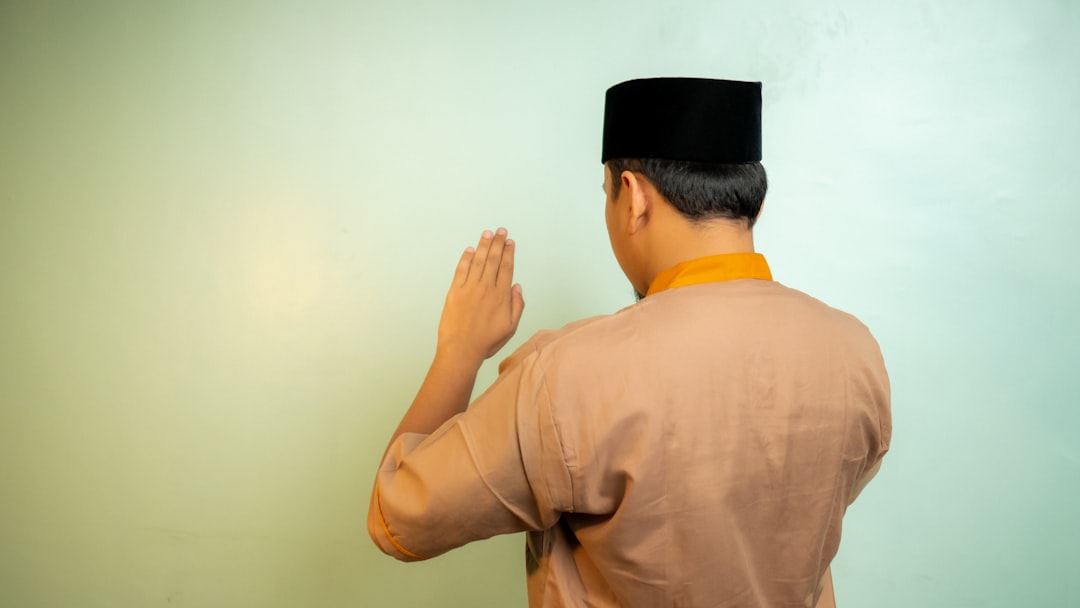The stillness of the night holds a secret many believers overlook: a conversation with Allah that can transform every corner of your life. Tahajjud, the voluntary night prayer, is precisely that hidden key. When the world sleeps, the devoted heart awakens to whisper secrets of hope, gratitude, and unshakable trust. This guide walks you—step by step—through every nuance of praying Tahajjud effectively so that your nightly ascent becomes a source of lasting spiritual power, not just fleeting emotion.
Understanding Tahajjud: The Night Prayer Explained
Definition and Linguistic Roots
In Arabic, tahajjada literally means “to stay awake at night” or “to struggle against sleep.” Linguistically, the prayer is called Tahajjud because it is performed after having slept, a deliberate act of forsaking comfort to seek Allah’s nearness. It is Qiyām al-Layl (standing at night) in its most focused form, typically prayed after Isha and before Fajr. While all Tahajjud is Qiyām al-Layl, not every Qiyām al-Layl is technically Tahajjud; the latter specifically requires sleep before its performance.
Qur’anic and Prophetic Emphasis
Allah declares in Surah al-Muzzammil 73:1-3: “O you wrapped in garments, stand (to pray) at night except for a little…” and the Prophet ﷺ—who was not required to spend the entire night in worship—still rose so consistently that his feet became swollen. Aisha (ra) reported: “Do not abandon Tahajjud, for the Messenger of Allah ﷺ never left it. If he was ill or overtaken by sleep, he prayed twelve rak’ahs during the day.” (Muslim) These verses and ahadith frame Tahajjud as a signature of sincere servitude rather than a burdensome obligation.
Key Components of Tahajjud
Timing: The Best Segment of the Night
- Preferred window: The last third of the night, when Allah descends in a manner befitting His Majesty asking, “Who is supplicating Me so I may answer him?” (Bukhari)
- Minimum requirement: Any time after sleeping—even a quick nap—until true dawn (the horizontal light that spreads across the horizon).
- Practical tip: Calculate sunset-to-sunrise hours, divide by three, and subtract the final third from Fajr. If Fajr is 5:15 am, stand up around 3:30 am for optimum potency.
Rak’ah Count and Structure
| Format | Rak’ahs | Sunnah Source | Notes |
|---|---|---|---|
| Minimum | 2 | Prophetic concession for the weak | Valid Tahajjud |
| Moderate | 4 (2 sets of 2) | Most common practice | Easy to sustain nightly |
| Recommended | 8 (4 sets of 2) | Aisha’s description | Followed by Witr |
| Maximum | 12+ | Prophet’s practice in Ramadan | Include long recitation |
The Pillars and Sunnan Inside Each Rak’ah
Pillars: Intention (niyyah), standing for recitation, ruku’, sujood, sitting for tashahhud, salam. Sunnan:
- Open with the dua of waking: “All praise is for Allah Who gave us life after death…”
- Recite Surah al-Fatiha and any additional portion of Qur’an; longer passages magnify the reward.
- Prolong ruku’ and sujood with subhana rabbiyal a’la and heartfelt dua.
- After the final rak’ah, sit for the Qunoot supplication, raising hands palms-up, pouring out needs.
Witr: The Encompassing Seal
Even if you pray only two rak’ahs of Tahajjud, Witr must still be performed as your last prayer of the night. Its minimum is a single rak’ah with Surah al-Ikhlas three times and Qul Audhu bi Rabbil Falaq and Qul Audhu bi Rabbin Nas once each, followed by Qunoot. For deeper strength, pray three rak’ahs with two tashahhuds and join them together with a single salam.
Benefits and Importance
Spiritual Elevation
Tahajjud polishes the heart until the believer sees sins as lethal and Paradise as near. Abu Hurayrah transmitted that the Prophet ﷺ said: “The closest a servant comes to his Lord is during the last portion of the night…” (Tirmidhi) In that solitude, veils lift and divine mercy descends like gentle rain.
Miraculous Life Impact
- Clarity in decision-making: Many scholars and businessmen testify that major choices made after Tahajjud carry barakah that defies worldly logic.
- Emotional resilience: Regular performers often report reduced anxiety and depression, replaced by a grounded, unshakeable optimism.
- Prophetic intercession: The Prophet ﷺ promised his intercession for whoever consistently prays Tahajjud, calling it “the prayer of the righteous.”
Qur’an Memorization and Recitation
The quiet hours before dawn sharpen memory. When the tongue recites and the heart reflects simultaneously, verses etch themselves into the soul. Many huffaz (memorizers) credit Tahajjud for their speed and retention.
Practical Applications
Step-by-Step Method to Begin Tonight
1. Intention and Sleep Hygiene
- Before bed, make a firm niyyah to rise for Allah alone. Whisper the Prophetic supplication: “In Your name, O Allah, I live and die…” (Bukhari)
- Perform wudu before sleep to carry its light through the night.
- Place a water bottle and miswak near the bed to minimize friction when waking.
- Set a gentle alarm—preferably an adhan ringtone—across the room so you must stand to turn it off.
2. Waking Up With Energy
- Splash cold water on the face and rinse the mouth to dispel grogginess.
- Brush teeth with miswak to honor the sunnah and activate sensory alertness.
- Wear a dedicated prayer garment; simple acts of preparation dignify the prayer.
3. The Actual Prayer (Example: Four Rak’ahs)
Rak’ah 1 & 2:
Intend: “I intend to pray two rak’ahs of Tahajjud seeking nearness to Allah.” Recite Surah al-Fatiha and Surah al-Muzzammil in the first, Surah al-Fatiha and Surah al-Insan in the second. Prolong ruku’ and sujood with heartfelt praises. After salam, sit for silent dhikr and personal dua. Rak’ah 3 & 4:
Recite Surah al-Fatiha and longer surahs like Ya-Sin or al-Rahman. In the final sujood, enumerate needs: forgiveness, rizq, family, ummah. Witr:
Three rak’ahs with Surah al-A’la, al-Kafirun, al-Ikhlas. In Qunoot, recite the well-known dua al-qunoot and add personal, specific requests.
4. Post-Prayer Reflection and Duas
Remain seated, breathing slowly. Recite ayat al-kursi, the three quls, and then a dua journal—a simple notebook where you list:
- 3 things you thanked Allah for tonight
- 3 people you prayed for
- 1 major goal you seek divine help with
This practice transforms Tahajjud from ritual into relationship.
Common Pitfalls and How to Avoid Them
Pitfall: Sleeping through the alarm.
Solution: Sleep immediately after Isha; avoid screens and heavy meals. Pitfall: Reciting mechanically.
Solution: Learn word-for-word translation of the surahs you recite; ponder one verse each night. Pitfall: Ramadan-only syndrome.
- Solution: Pick the easiest two rak’ahs to maintain even outside Ramadan; build gradually.
Advanced Techniques for Consistency
- Pairing with Habit stacking: After brushing teeth, do wudu; after wudu, pray Tahajjud. Chaining habits reinforces neural pathways.
- Weekly accountability: Create a group chat titled “Night Guardians.” Each member sends a green checkmark upon finishing Tahajjud.
- Seasonal micro-goals: In winter, aim for four rak’ahs; in summer, stretch to eight.
- Digital detox: Use airplane mode from 10 pm to 5 am. Blue-light blockers and eye masks further deepen sleep quality.
Frequently Asked Questions
What is the minimum age to start Tahajjud?
There is no specific age. Once a child can distinguish right hand from left in prayer, gentle encouragement may begin. Parents can wake pre-teens for two rak’ahs on weekends, framing it as a secret meeting with Allah. Teenagers seeking guidance about school or identity crises often find Tahajjud transformational.
Can I pray Tahajjud if I missed Isha in congregation?
Yes, but first pray the four obligatory rak’ahs of Isha. Then take a short nap or simply wait a few minutes before beginning Tahajjud. The priority is fulfilling the fard prayers; voluntary acts come after.
Do I have to recite the entire Qur’an in Tahajjud?
No. The Prophet ﷺ varied his recitation length based on stamina. Some nights he recited al-Baqarah across eight rak’ahs; other nights a few verses sufficed. Quality of khushu (presence of heart) outweighs quantity.
What if I wake up five minutes before Fajr?
Pray two abbreviated rak’ahs of Tahajjud followed immediately by Witr. Allah looks at your effort, not the clock. Even one sajda in that narrow window carries immense reward.
Is it permissible to use a chair if I have knee pain?
Yes. Islamic law prioritizes preservation of
























Post Comment